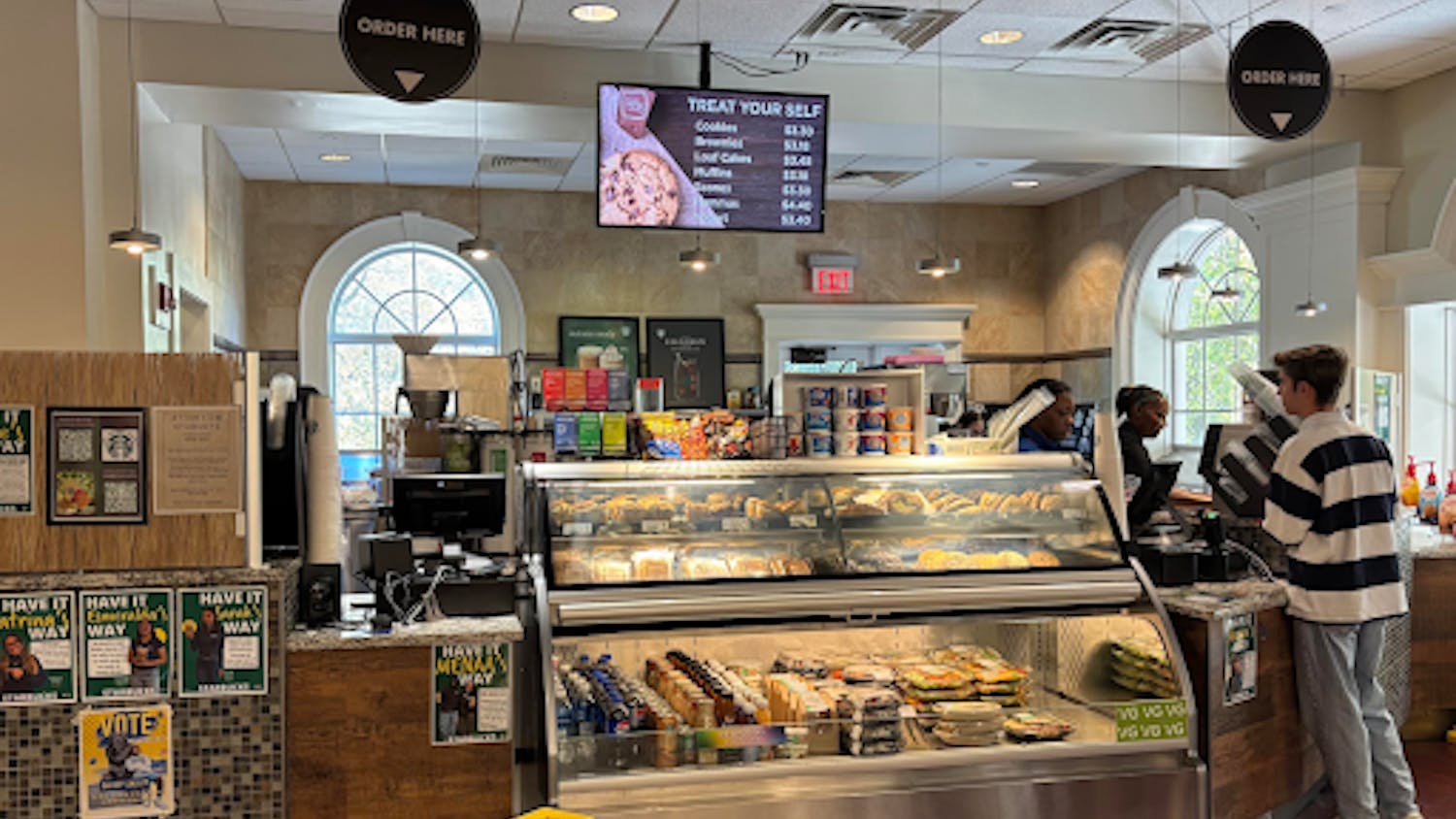Aside from the difficulties of eating healthy at home, there are barriers to eating healthy while dining out.
Research has found that today, Americans are 40 percent more likely to purchase three or more meals away from home than they were in the 1980s. At the same time, portion size of foods purchased away from home has been on the rise. One study found that in the year 2000, a 20-oz bottle of soda was the typical single-serving size, which is a 250 percent increase from what was viewed as a serving size in the 1950s.
What do you get when you have more Americans dining out, exposed to larger food portions? The obesity epidemic that we have today. Perhaps as consumers we enjoy the feeling of getting more bang for our buck. “Value meals,” “endless pasta” dishes and “all you can eat” appeal to our wallets, but they are detrimental to our waistlines.
Believe it or not, simply having a larger meal in front of us means we are likely to eat more. A 2004 study published by the American Journal of Clinical Nutrition found that subjects consumed more calories when served the largest portion of an entrée than when served the smallest portion, regardless of the feeling of fullness.
Let’s be realistic: At some restaurants it is worth ordering the best of whatever is on the menu, regardless of the amount of calories, fat and salt the dish may contain. That’s okay because one meal never made anyone fat. However, if you frequently dine out or you are someone who “takes the weekend off” from your healthy habits during the week, implementing a few small changes could lead to big results.
Tips for healthy dining:
1. Remember, your health and your goals are important. You suggest a restaurant where you know you can be successful in ordering something yummy and healthy.
2. Try to avoid feeling starved before going out to dinner. This could lead to picking unhealthy entrée choices and over-eating.
3. Take a look at the menu online ahead of time and figure out a healthy option. Some restaurants will even post nutritional breakdown for every meal so you can see exactly what you are ordering.
4. Most restaurants will serve huge portions. To avoid over-eating, split an entrée with your date and add side salads.
5. Plan on taking half your entrée home before you start to eat.
6. Remove the temptation by saying “No, thank you” to the breadbasket even before it is placed on the table.
7. Ask questions about how the entrée is prepared so you know what to expect.
8. Don’t be afraid to have it your way! “Grilled instead of fried,” “light on the oil” or “all sauces on the side.”
9. Make healthy substitutions. Restaurants will comply. Swap French fries for a baked potato or baked sweet potato, and any side dish could be swapped for steamed vegetables.
A five-star restaurant is worthy of ordering and enjoying whatever is on the menu with no substitutions. However, happy hour at Applebee’s is a different story. The key is that if you choose to treat yourself to a not-so-healthy, calorie-dense meal, make it somewhere that is worth it. Making good choices 80 percent of the time could make dining on those special occasions a 100 percent guilt-free experience.






